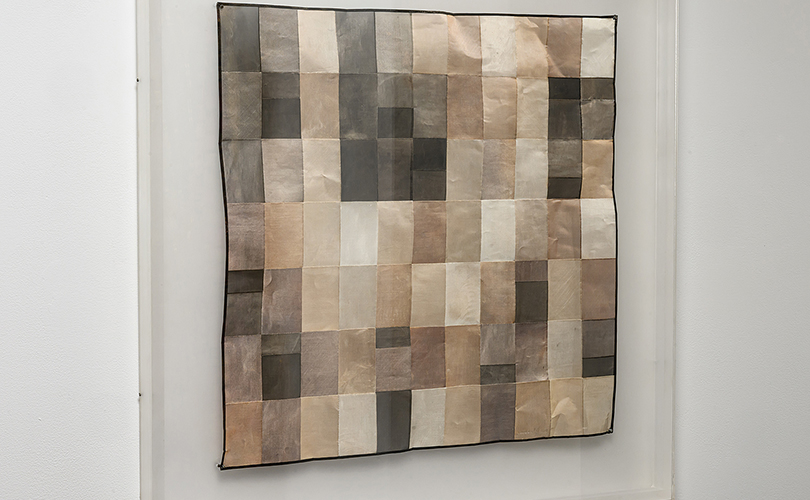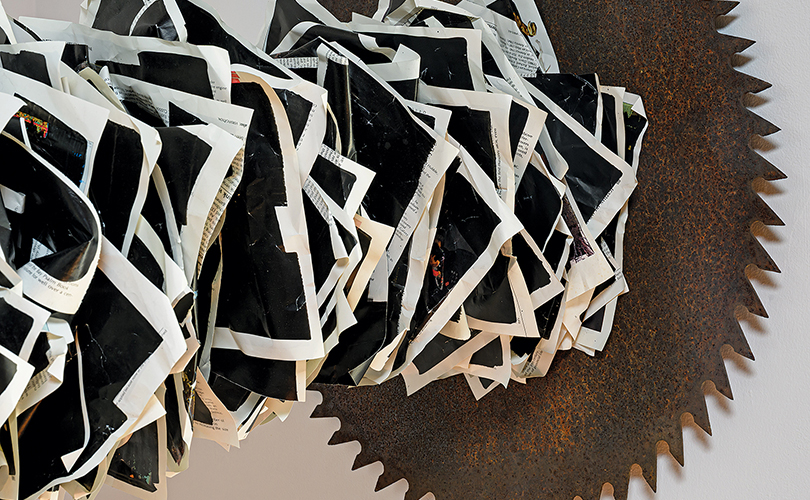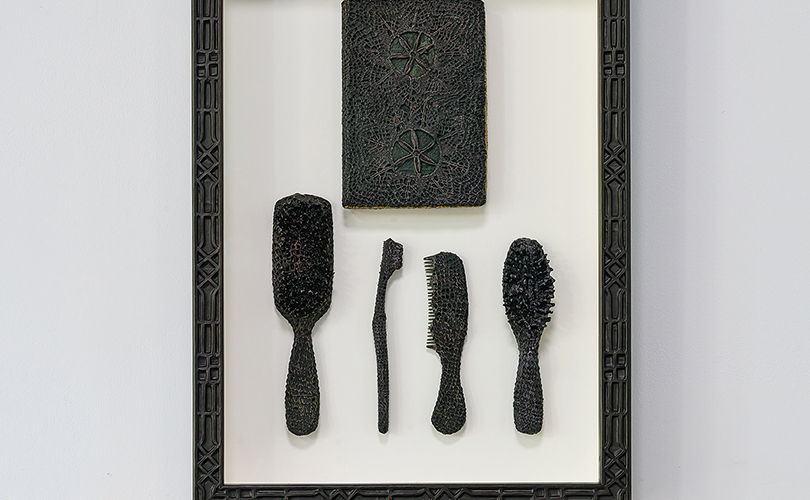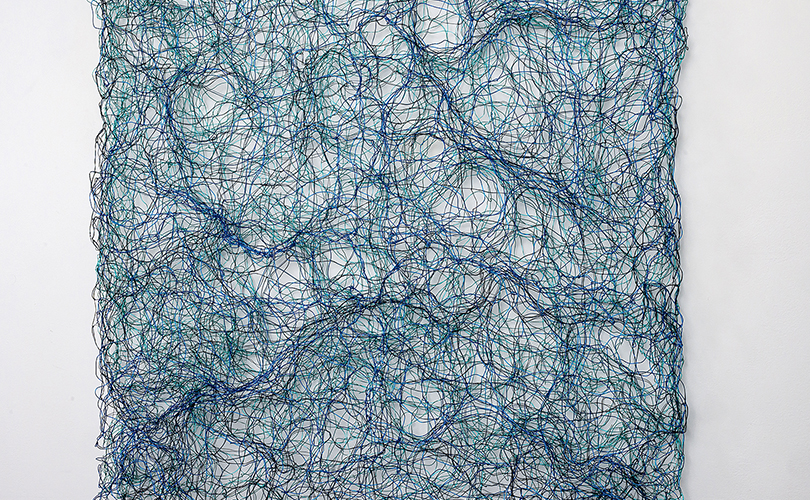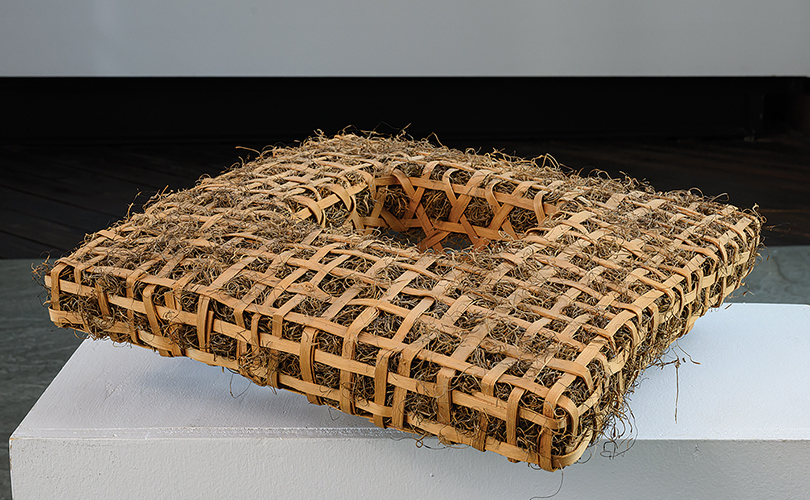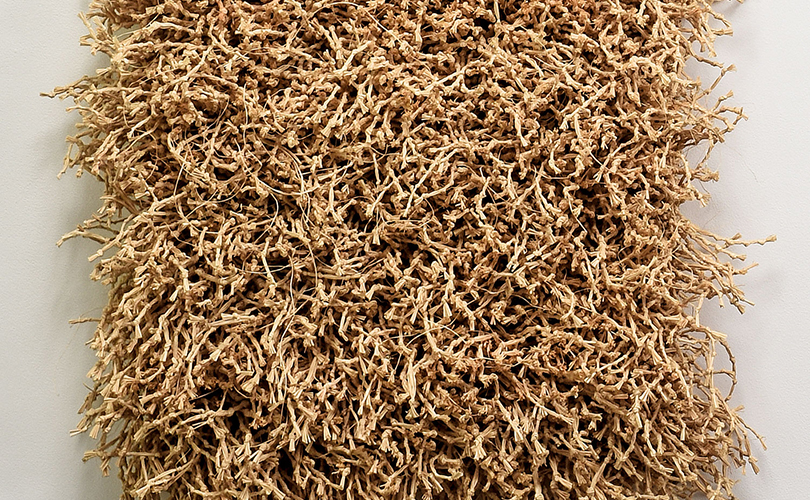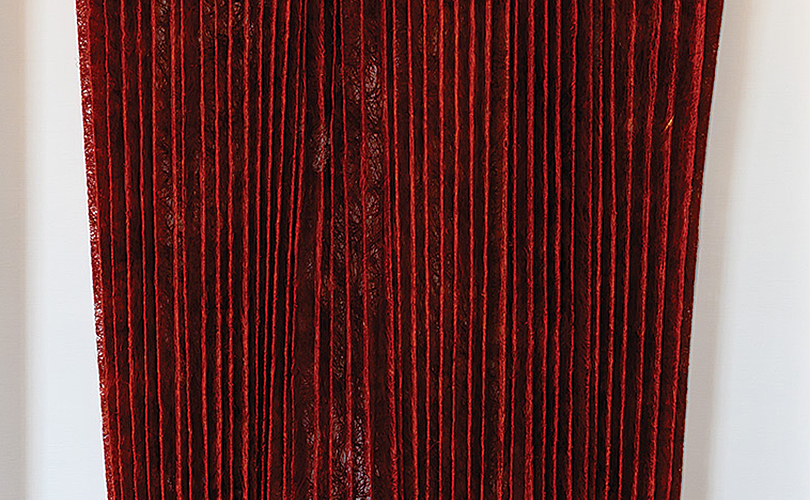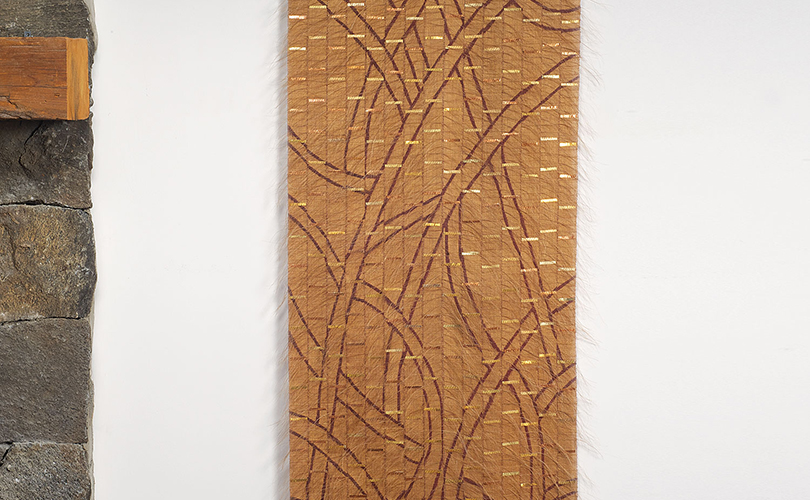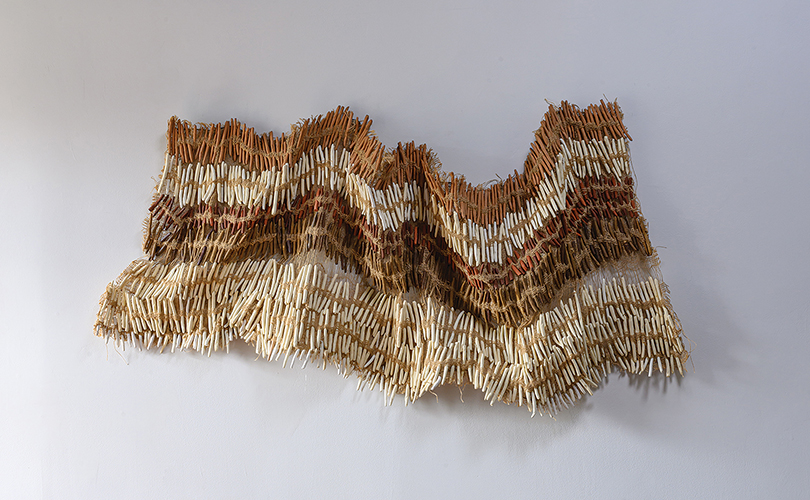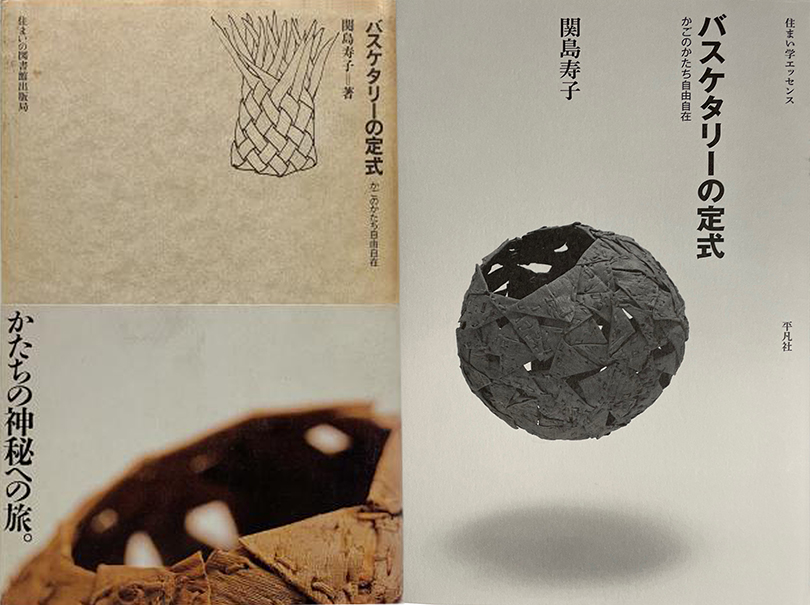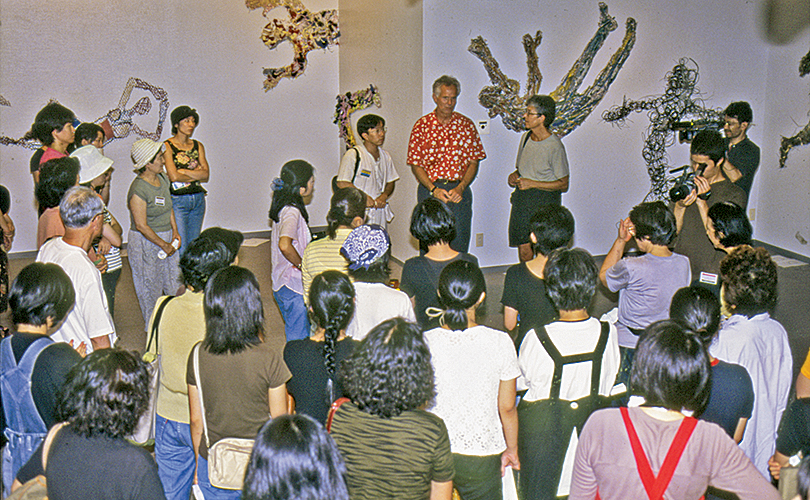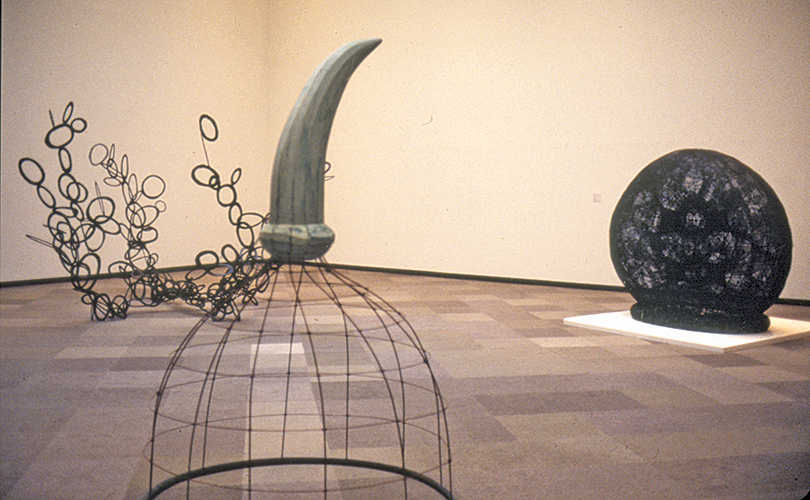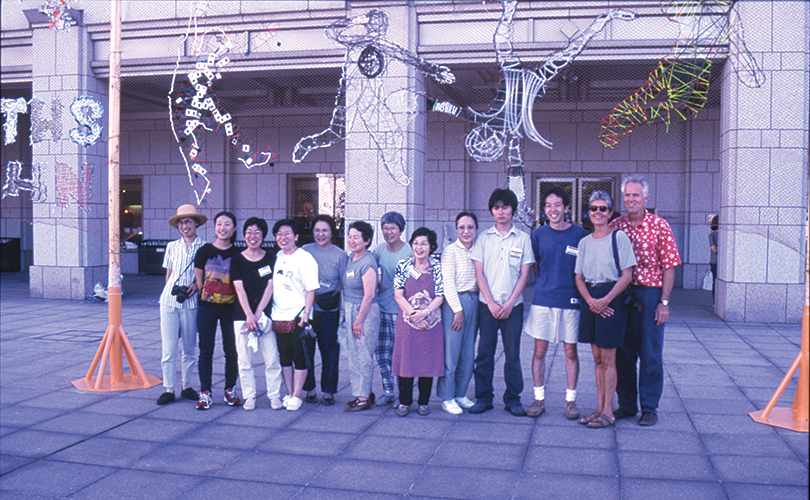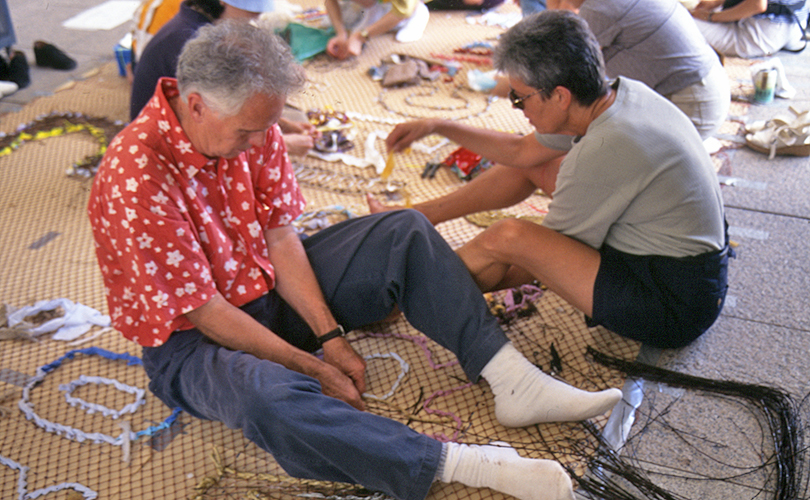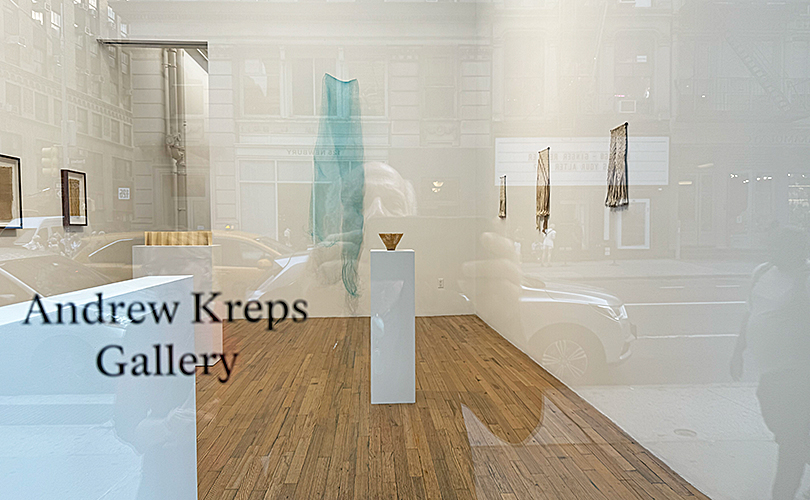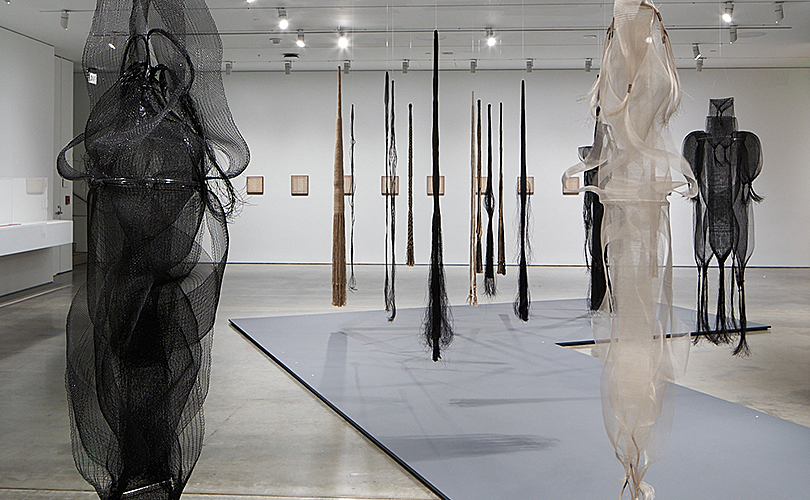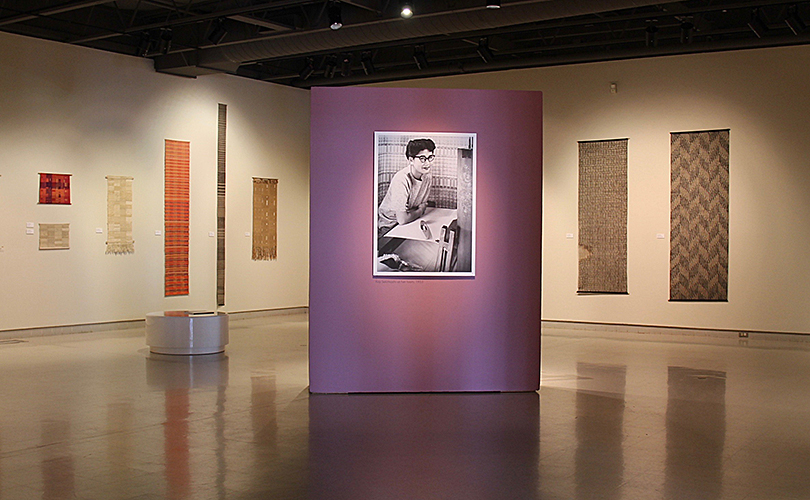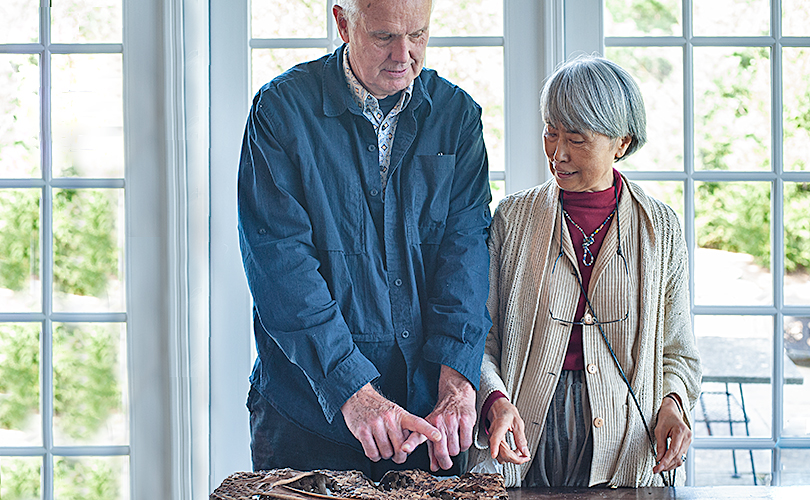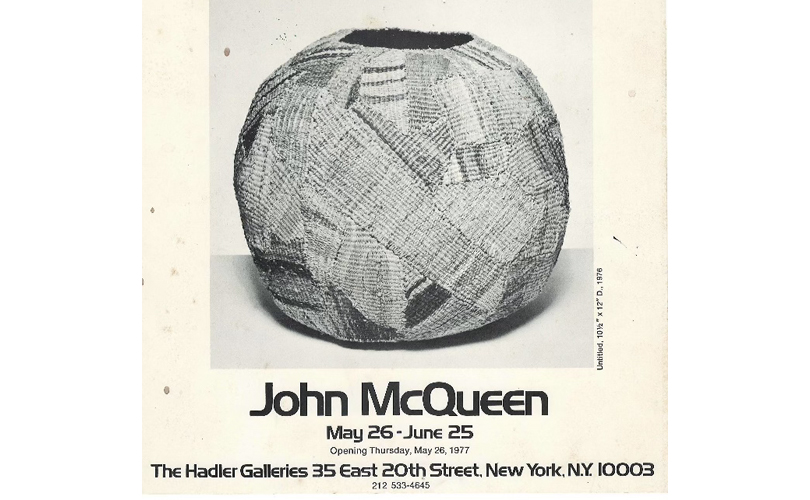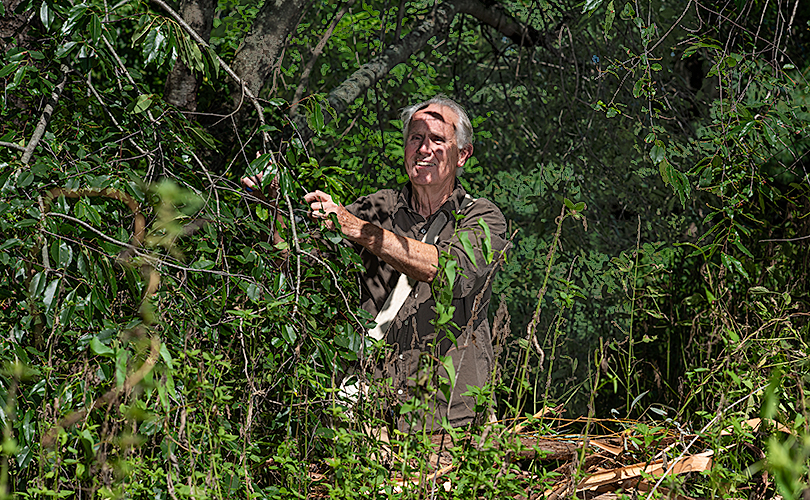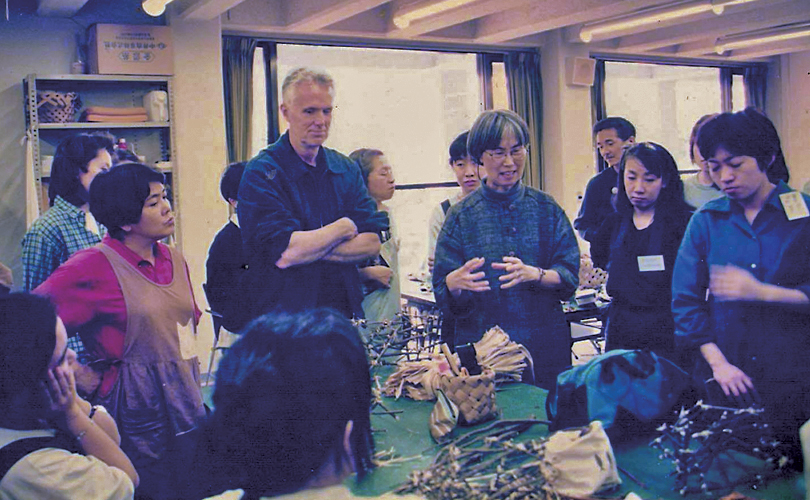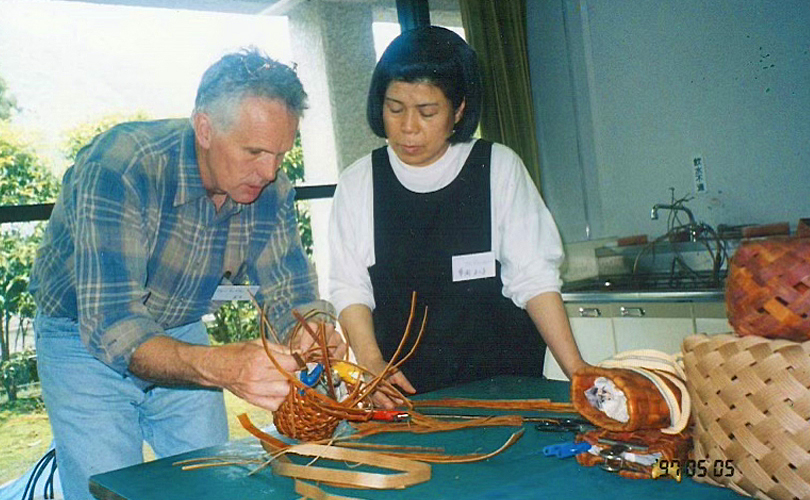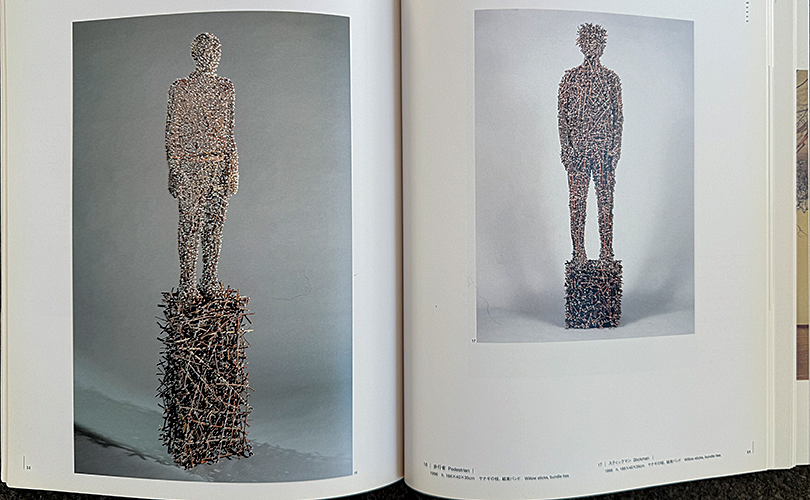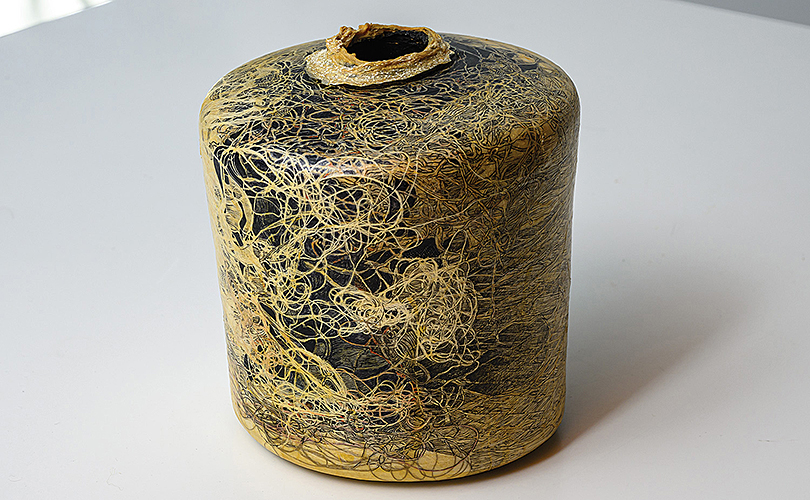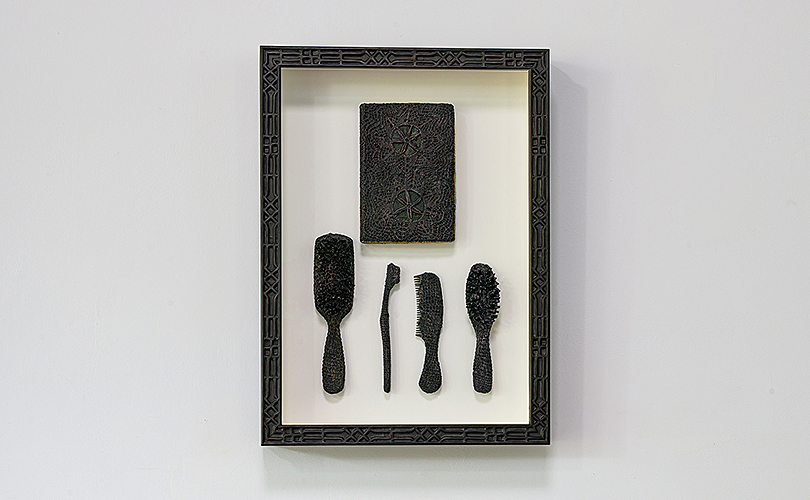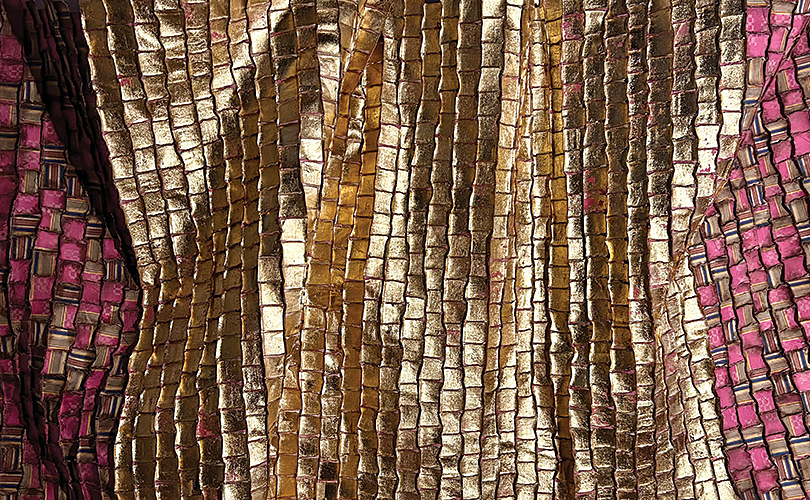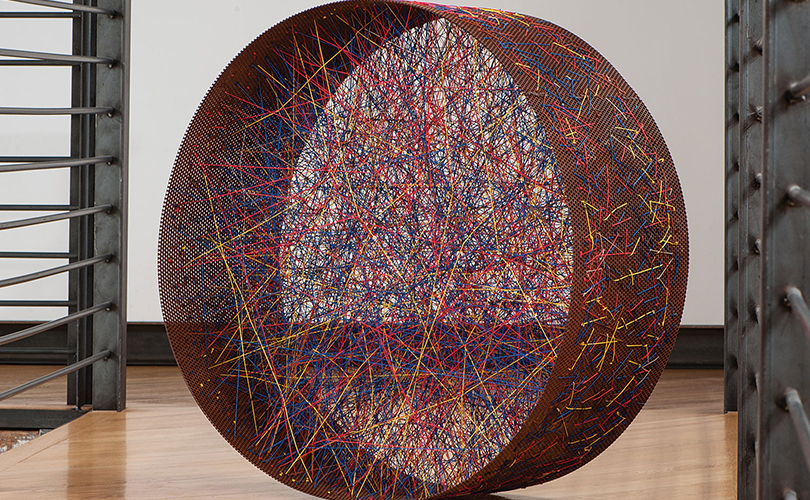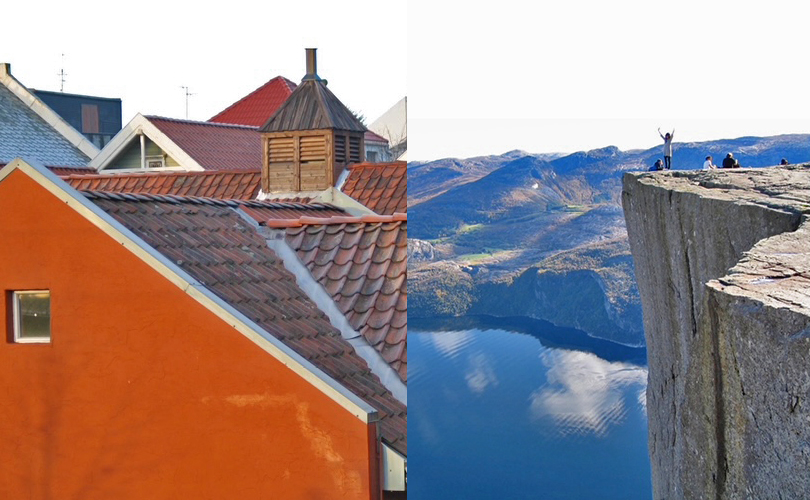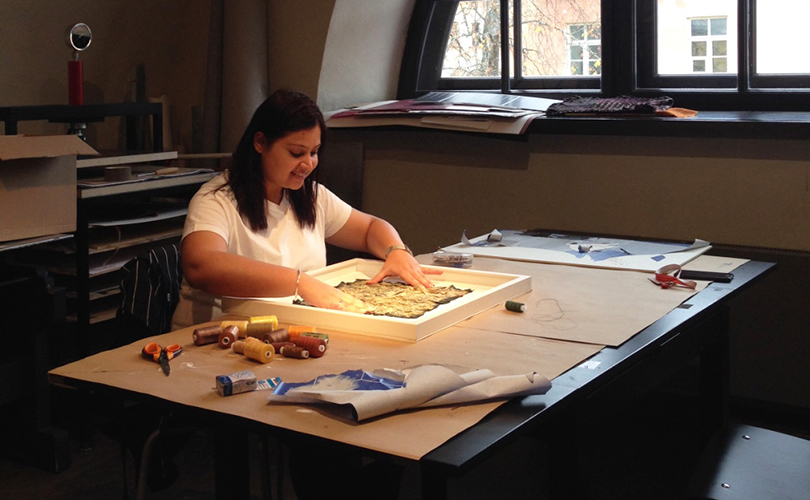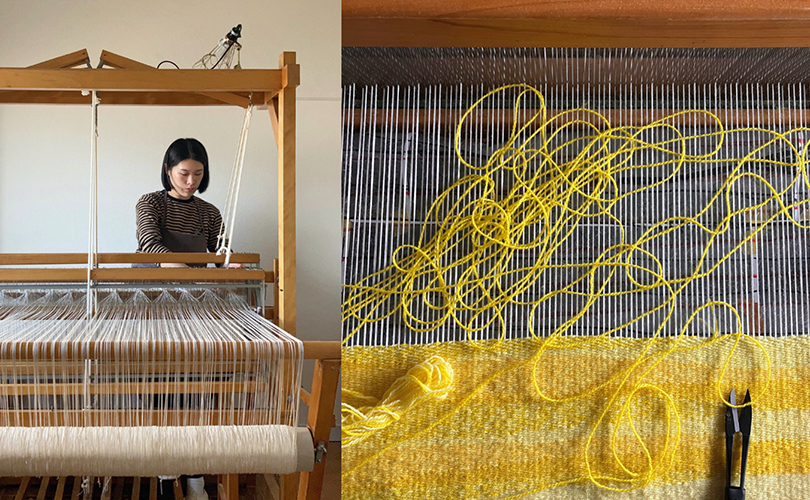The weather’s changing here in Connecticut. Sweaters come out of storage, and sandals and sleeveless shirts are packed away. Light-colored duvets give way to warmer quilts and flannels. Pumpkins appear on porches and shelves, paving the way for twinkling lights in December.
What if we gave our art collections the same seasonal revisit?
The Japanese embrace this idea through a practice called kisetsukan, or “seasonal sense” — an aesthetic and cultural principle deeply rooted in their appreciation of nature and the home. This approach doesn’t just apply to art but extends to festivals, food, clothing, and everyday life. Kisetsukan reflects an awareness of the seasons and their emotional impact — something echoed in many cultures.

Substituting artwork throughout the year can shift one’s emotional response and renew our connection with both the art and the environment around us. A single piece viewed in spring might evoke freshness and renewal; that same piece in the depths of winter could feel nostalgic or even melancholy.
One beautiful example is Paul Furneaux’s City Trees II, City Lights II, a memory of a hidden park in Tokyo where luminous white and pale pink cherry blossoms contrasted against dark-barked pines and the brutalist concrete and glass of the surrounding buildings — a moment of heightened beauty and tension. Works like this could be rotated in and out as the days lengthen or shorten, responding to the mood of the season.

The Benefits of Seasonal Rotation
Rotating your artwork seasonally can:
- Deepen your connection to nature by aligning your interior space with what’s happening outside.
- Enhance appreciation for individual works by seeing them with fresh eyes each time they return.
- Spark reflection on the passage of time and the impermanence of beauty — what the Japanese call mono no aware, a bittersweet awareness of life’s fleeting nature.
- Expand your collection by giving you reason to collect more works and experiment with pairings, contrasts, and themes.
You don’t need to collect four new works for each season to begin. Start small. Instead of grouping similarly sized pieces, try alternating light and dark palettes, or switching black and white for bold color.


Some pieces even offer built-in versatility:
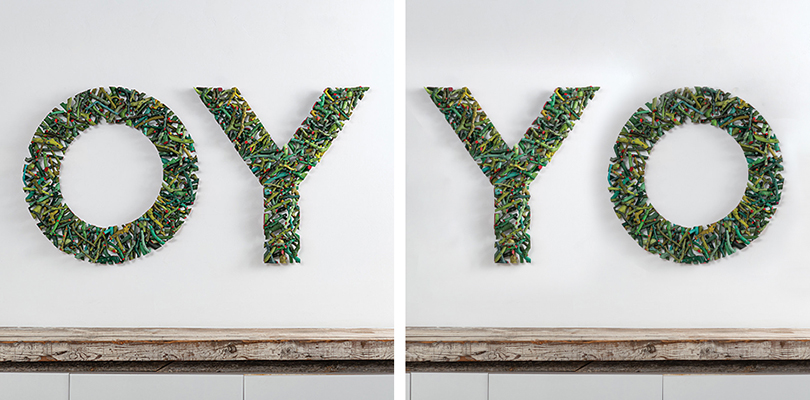
- Gyöngy Laky’s Deviation — OY can be displayed as “OY” for half the year and flipped to read “YO” for the other. Is it an existential “Oh, Why?” or a cheerful “Yo!” greeting? Let the season decide.
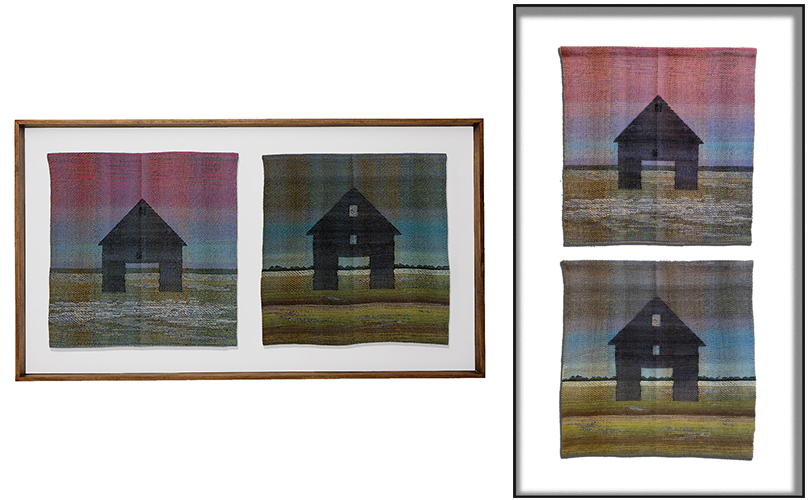
Laura Foster Nicholson’s work Shed can be hung vertically or horizontally, allowing a shift in visual weight and direction.

Sung Rim Park’s Beyond series can be installed on or off the wall, offering new perspectives and levels of engagement.
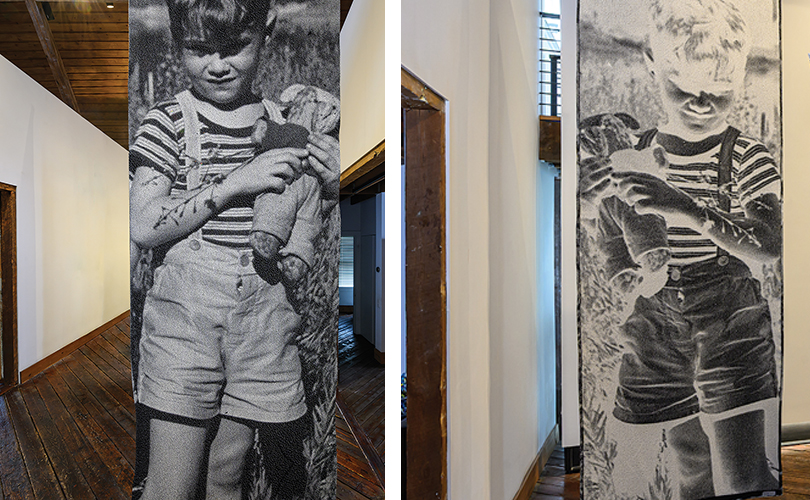
Lia Cook’s banners, like Big Richard, are impactful whether viewed from the front or reversed — another way to surprise the eye.
The more flexible the installation options, the more enjoyment you may find in your collection. Changing your art throughout the year brings new energy into a space, reawakens your senses, and reminds you of the beauty in change itself.
- Join us at Beauty is Resistance: art as antidote in Wilton, Connecticut through October 19, 2025 to see work by many of these artists. Or at our online walkthrough, Art on the Rocks: an art talkthrough with a twist on November 11 at 7 pm EST (or later on our YouTube channel).


